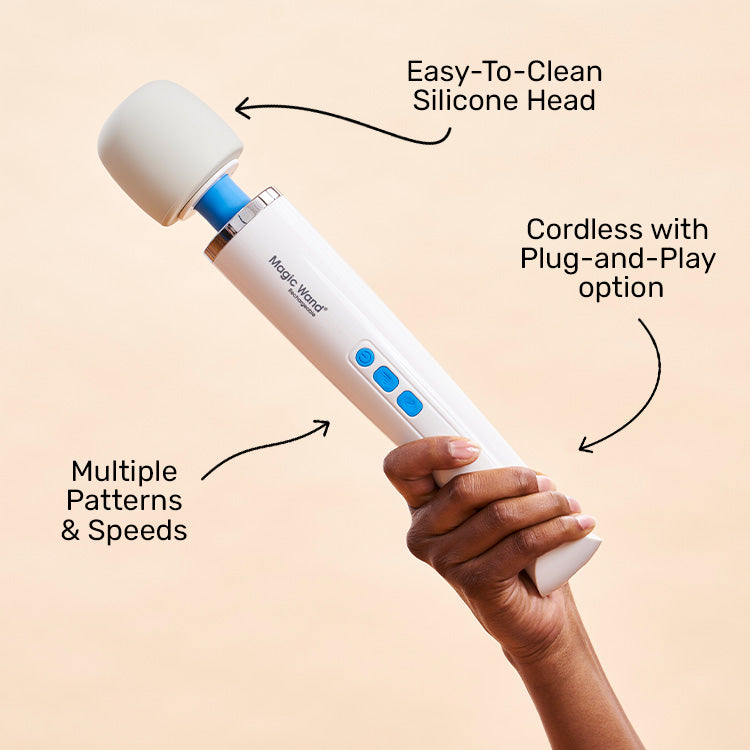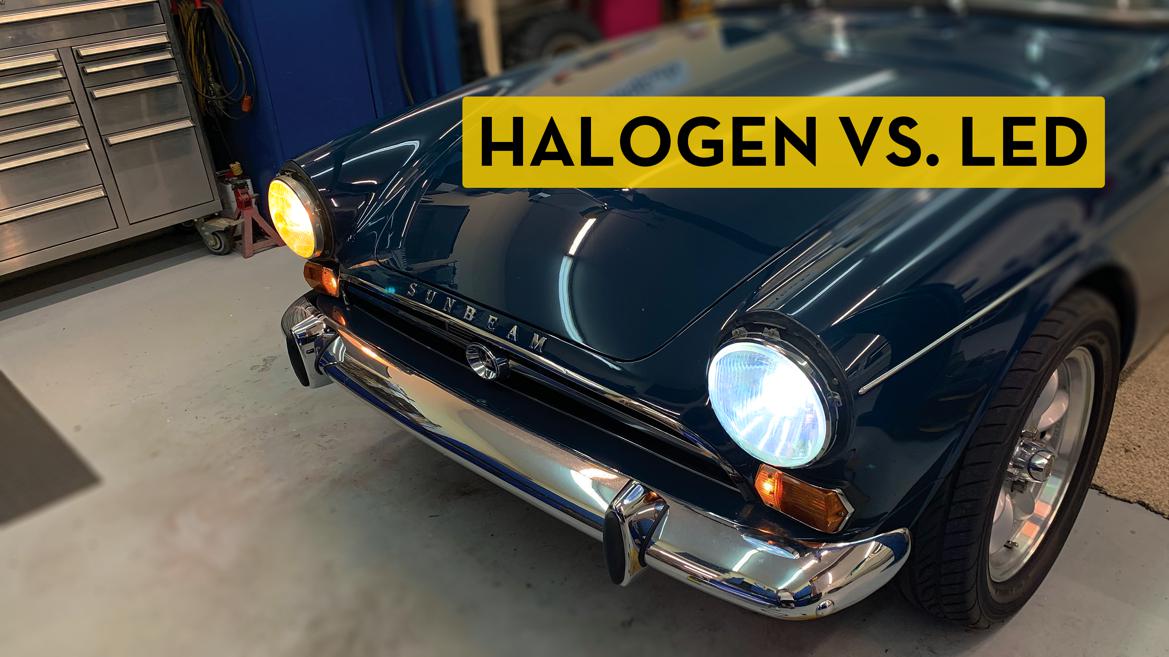
Mr_Asa
MegaDork
5/21/24 9:12 p.m.
Working on a hammer flail design at work. Poking at designs from an engineer that is no longer at our company. There is enough space on the driven barrel/drum of this thing to basically have the whole system balanced perfectly, but its not and it uses weird counterweights and all sorts of compromises to get to where it isn't trying to throw itself out of whack.
So, I'm wondering, is there a reason for this that I'm not seeing? Am I focusing too much on automotive thinking where (if you're designing an engine) you try to balance all forms of vibration so they cancel and everything is golden?
For reference, a hammer flail is this kind of setup. Its kind of like a crankshaft although instead of accepting a powerstroke every whatever degrees, it hits something that doesn't want to be hit.


You can't balance it if the parts are independently rotating. If you just spin it by itself then centrifugal force will pull all the hammers straight out, but when they hit something they'll bounce inwards which will throw off the balance.

Mr_Asa
MegaDork
5/22/24 7:20 a.m.
codrus (Forum Supporter) said:
You can't balance it if the parts are independently rotating. If you just spin it by itself then centrifugal force will pull all the hammers straight out, but when they hit something they'll bounce inwards which will throw off the balance.
Dont care about that for several reasons. These machines mainly get used for grass mixed with heavy brush, although they can go through a trunk with 4-6" diameter (can't remember our spec at this time.) Most of the time, none of what they chew through is going to set those teeth swinging. The teeth are heavy and swinging at an angular velocity of roughly 420 rad/s, doing some quick math thats about 5 times faster than a machete swung by a person, and I usually dont slow down when cutting through branches or vines unless they are way too thick or dried. Coupled with the weight of the teeth, these things eat.
If it is chewing through a heavy trunk, yeah, of course there is gonna be vibration. Its expected.
But the maIn reason is machine operators are gonna destroy this thing the second they get their grimy paws on it. They can run it for an hour in a farmer's field of wheat and come back with missing teeth and a bent shaft. Cause thats what operators do.
Im just trying to make sure that before they get their mitts on it, it runs as silky smooth as it possibly can. I want it to leave here with as good a chance at surviving as possible, and if it has an inherent balance issue thats gonna damage a whole host of things.

Noddaz
PowerDork
5/22/24 8:39 a.m.
You are over analyzing. When the individual flails chip or wear from rocks or such the balance will change. And there are a lot of little flail teeth there. If the machine itself was static and did not have to chew things up balancing would be great.

...
Seriously answering your question about this: Why bother? As soon as it impacts something, it will no longer be balanced.

Mr_Asa
MegaDork
5/22/24 9:19 a.m.
In reply to Beer Baron 🍺 :
The vain hope that some operator out there will treat my machines as I would, and do the necessary repairs to keep it in balance?
I dunno. Got a kind of brain block when I started thinking about why the other shaft wasnt setup like that and why that might be?
I actually don't think that balancing the assembly is the key, but rather "blueprinting" the components that attach to the shaft and the mounting points to ensure linear deflection during impact. Keep all of the weight tolerances very tight on the paddles and make certain the connection points are thoroughly jigged and true.
Working in manufacturing I know that those are BIG asks as the weld up process isn't always as excellent as we think and flash will cause casting differences from low to high weight.

jgrewe
Dork
5/22/24 10:17 a.m.
With my experience in the equipment rental business, I can set your mind at ease. Just know that a machine that is designed to destroy things will be allowed to slowly destroy itself by the operator if that operator isn't the owner.
Design it like your operator is someone that can break an anvil. If the rest of the machine can handle the vibration from the flails doing their thing I'm not sure balancing would matter.
I think "good enough" is the right target here. Design it so you've got symmetric flail locations about the axis, and left/right of centerline, if you can. and use a common flail head and bolt on all of them. That minimizes vibration when it's not working and is just free spinning. If you've got major imbalances, operators won't be a fan, and bearings and stuff will fail more quickly, especially if it's a high rpm attachment, but designing to a high degree of balance doesn't gain you anything.
I have no experience with hammer flails but I have designed a bunch of spinning stuff over the years.
I would think that would improve bearing life and operator comfort to have the assembly balanced.
Based on a quick Google search it looks like a lot of hammer flails are asymmetrical which leads me to believe that there's some performance benefit to that arrangement. If those assumptions are correct then the next question is how to best balance the assembly. I would think that low counterweights welded on to the drum would be the most cost effective way to do that. They'd need to have a low enough profile that they would only contact the material being flailed if the operator was super aggressive. That sort of sounds like the way the current assembly is designed.
I first thought about a four-cylinder gas engine connected to some small towns water pump, hour after hour of chugging away, I would balance it.
My Cadillac 346 engine has several 8 lb. Counter weights and a harmonic balancer but also the flywheel is harmonically balanced. Smooth, yep. Quick off the line? TBD.
If Nodazz is correct and they are whacked out with every hit, maybe a harmonic balancer is worth a look.
Are the "balance" weights for balance or maintaining momentum? In a system like this, maintaining momentum is key.
As an engineer, I love criticizing other engineers' work. But you gotta know what the whole picture is.
Show us some screen shots and provide some data, otherwise we are hoping and poking.
In reply to 93gsxturbo :
I think you're on the right track. If it's designed to chew through trees and brush, inertia is your friend.
Having grown up on a farm and using implements like this, the only thing I ever balanced was a mower blade, and even that was just a nail in a stud on the barn wall. Most implements not only rotate at lower speeds than (for instance) a K20/24, but they are built ridiculously beefy. Even if you took off the teeth on one side, the bearings are probably so over-engineered that they'll still be fine after you've replaced the unevenly-worn teeth 30 times.
I personally think you're applying relatively delicate automotive principles to an anvil.

Noddaz
PowerDork
5/24/24 10:05 a.m.
In reply to 914Driver :
maybe a harmonic balancer is worth a look.
Call Fluiddampr. It has to be worth a chuckle anyway.

Mr_Asa
MegaDork
5/24/24 10:24 a.m.
93gsxturbo said:
Are the "balance" weights for balance or maintaining momentum? In a system like this, maintaining momentum is key.
As an engineer, I love criticizing other engineers' work. But you gotta know what the whole picture is.
Show us some screen shots and provide some data, otherwise we are hoping and poking.
Oh no, they are small weights and unevenly designed tooth mounts.
Edit: dunno if these pics are worth anything.
You can see that random plates are not matching, and there are small 1/4" welded weights in random places. The inertia comes from the teeth if anything.


I would lay out the whole DFMEA in more detail, make a couple prototypes to test different levels of balance and do some testing with a data stream. Seems like the balancing or lack there of for this product is an unknown, unknown.

Mr_Asa
MegaDork
5/24/24 8:57 p.m.
In reply to RacetruckRon :
LOL. Would love to, but thats not how we roll.
In reply to Mr_Asa :
I'm sure TUV, UL, ISO or whatever regulatory body your product is certified through would love to hear that.






































